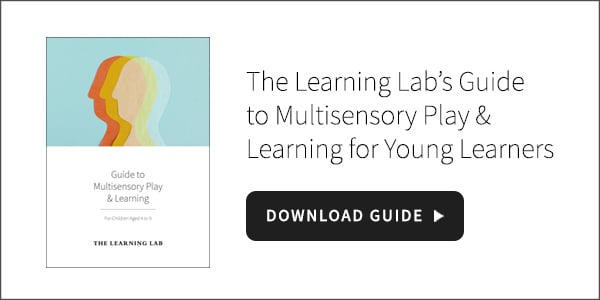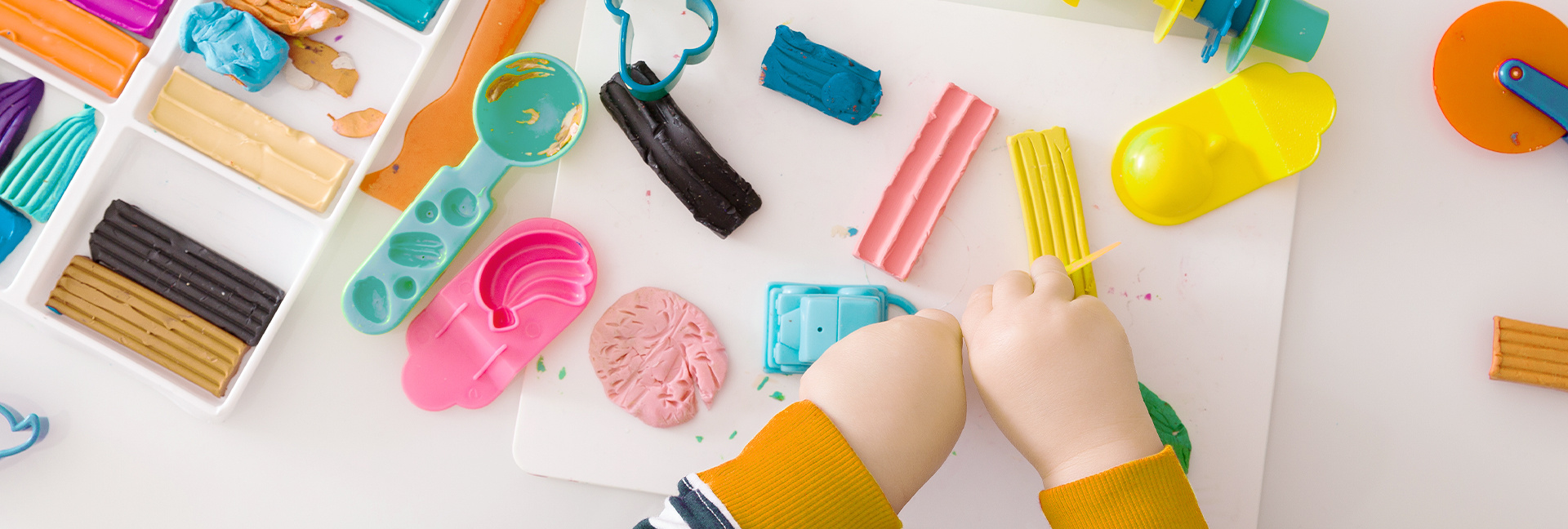
Sensory play teaches children to refine their motor, language, problem-solving and social interaction skills.
Children develop their gross motor skills between the ages of 3 months and 5 years. These skills include balance, coordination, body awareness, physical strength and reaction time.
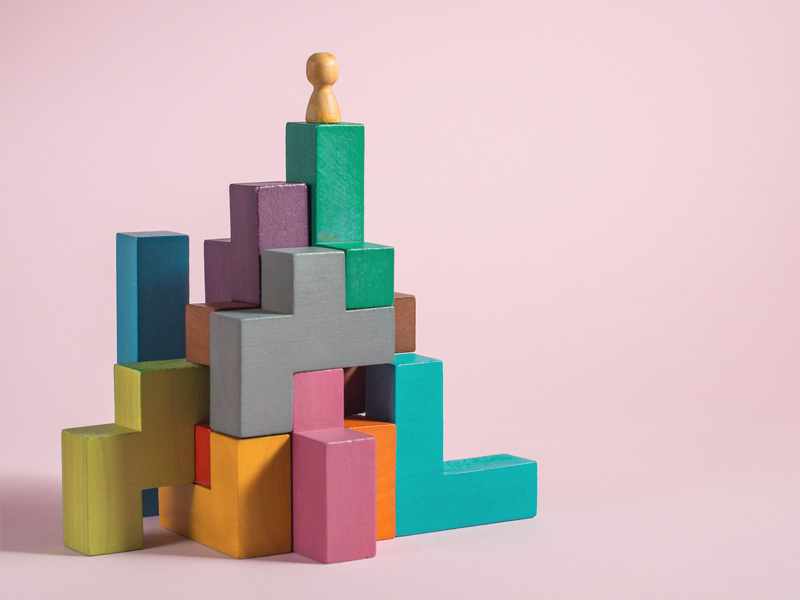
As children progress to the ages of 5 to 7, they will learn how to fine-tune their motor skills and perform more intricate tasks with a steady hand, like cutting out shapes and writing letters or numbers in a straight line.
While your child learns how to control his or her muscles, make the most of this time to introduce forms of play that engage his or her senses.
However, play isn’t just healthy for your child’s growth. Child’s play is also beneficial to parents because it gives adults the chance to learn how to play again.
You can strengthen your emotional bond with your young learner by trying out these fun activities that incorporate learning into the mix.
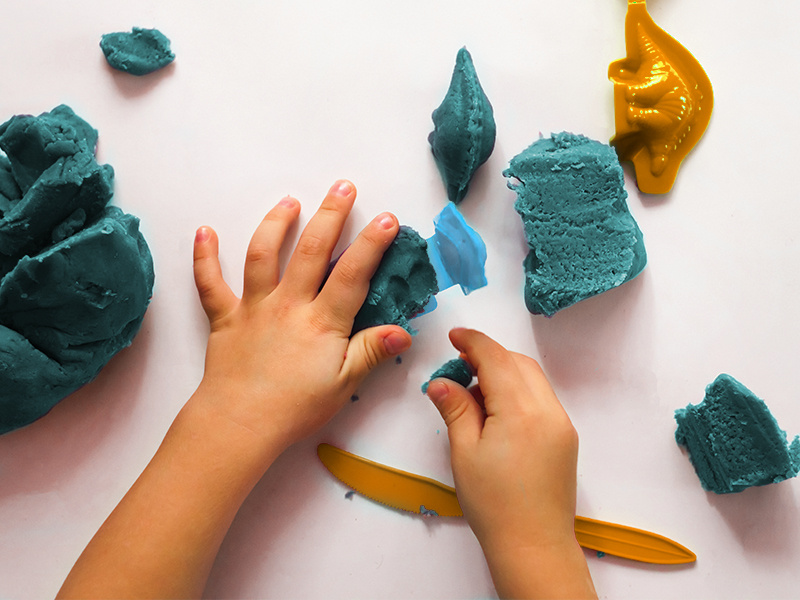
1. Build Dexterity with Clay
Our tactile system helps us gather all sorts of information about objects around us, such as temperature, texture and pressure.
Modelling clay is an ideal tactile learning material as it encourages children to manipulate objects with their hands. This is especially useful in helping your child to learn to hold a pencil, for instance.
You can try spelling simple words out with clay so that your child can familiarise himself or herself with the tubular shapes of the letters.
You can also use an unsharpened pencil to poke holes and trace patterns into the clay sculptures, which helps your child build the dexterity required for writing.
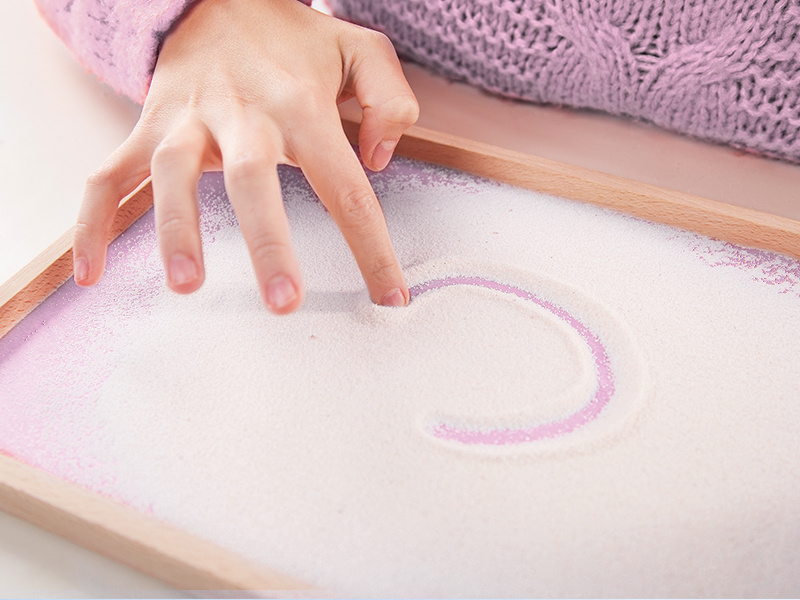
2. Learn the Alphabet with Powder
Learning how to write requires memory: what does the letter A look like and how would you start constructing it? By drawing patterns using a tactile materials, you are helping your child remember images more quickly.
This is because integrating vision and touch creates a holistic experience that improves pattern recognition.
You can engage your child in a fun learning activity by pouring some powder on a tray (you can also use salt, rice or sand) and tracing out the letters of the alphabet or some simple words with your child.
In TLL English lessons, we provide our Nursery 2 students with sand to help them practise writing the letters of the alphabet with their fingers.
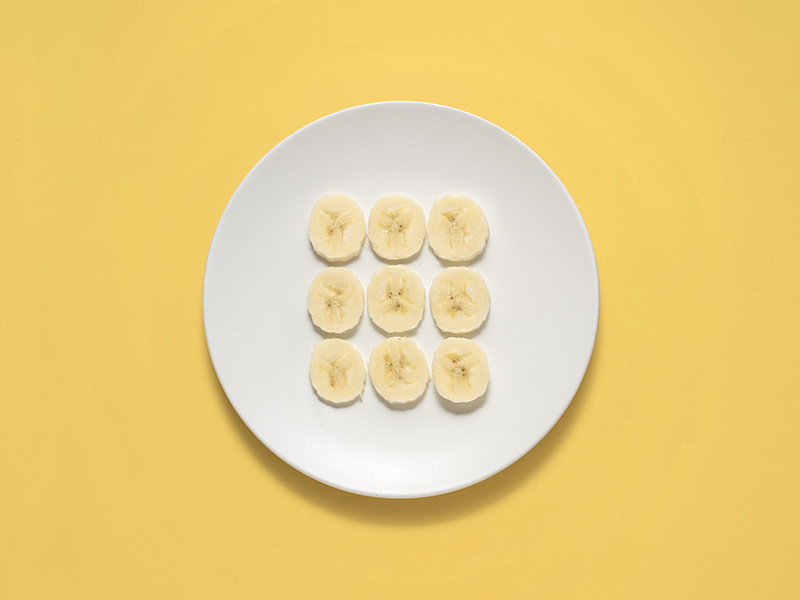
3. Count with Fruits and Nuts
Develop your child’s Maths skills while introducing him or her to flavour profiles. This exercise is also effective in encouraging your little one to consume natural sources of vitamins.
During tea time, you can cut up different fruits and lay the pieces down on a plate. You can then ask your child to count and hold his or her fingers up based on the number of fruit or nuts that he or she can see on the plate.
Now ask him or her to eat x-amount, then ask how many pieces are left. Add and subtract pieces as you like.
In TLL Maths classes, we teach our kindergarten students how to count with fruit too! Our teachers will buy fresh fruits and distribute them to the students for their lesson on measurement.
This gives our students the opportunity to feel the different textures of the fruits before using different manipulatives to measure them.

4. Create Colours with Water and Food Colouring
Teach your child about primary and secondary colours using water and food colouring.
Visual demonstration helps children (and adults) understand messages better because images provide context to information.
You can line up three clear drinking glasses and fill each with water. Using an eye dropper, squirt a small amount of food colouring into each glass. Start with primary colours: one glass with red, one with blue and the other with yellow.
Now add drops of the same colours to different glasses. For example, drop blue into the red water, yellow into the blue water, and red into the yellow water. Explain to your child how mixing primary colours creates secondary colours: purple, green, orange.
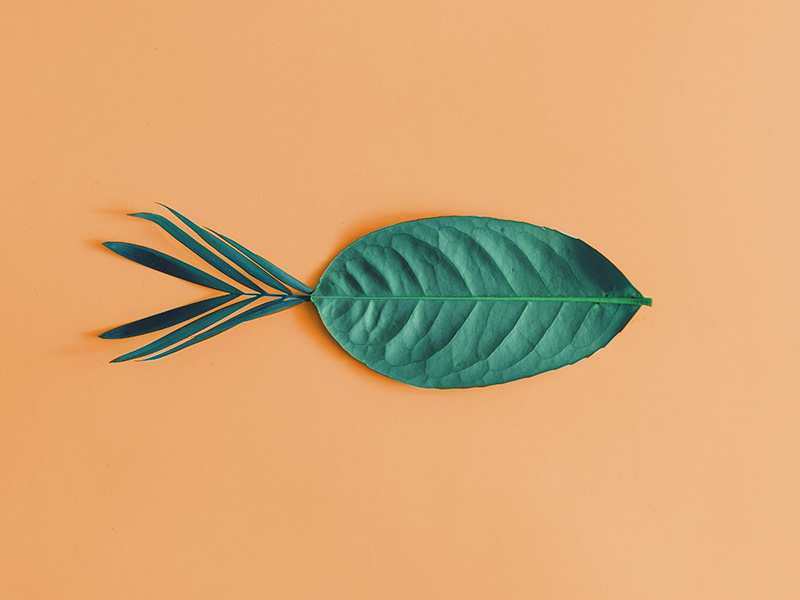
5. Make Animal Crafts with Fallen Leaves
Take your child outdoors for some fresh air and collect a bunch of dead or fallen leaves. You can try to identify the plants from which the leaves belong while you’re at it.
Using paper and some glue, create animal shapes with the leaves you have collected. This is a great exercise for the imagination and also for learning details — for instance, teaching your child that male deer have antlers.
Download Our Full Guide to Unlock the Rest of the Activities
We have put together a full guide with comprehensive directions and explanations on 9 different multisensory activities you can carry out with your child to spice up the way he or she learns here.
From nursery to lower primary at The Learning Lab, play and learning go hand-in-hand for our students We weave experiential learning into our curriculum as we believe that young children learn best through exciting hands-on activities that engage their senses.
The Learning Lab is now at 9 locations. Find a location that suits your needs.
If you have any enquiries about our programmes, please email us at enquiry@thelearninglab.com.sg or call us at 6733 8711 and we will be happy to assist you.


